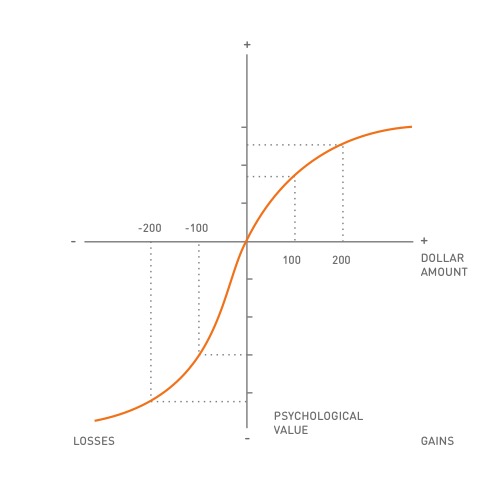There are 3 key takeaways from the "Prospect Theory":
1. Reference point.
2. Sensitivity to the reference point.
3. Losses loom larger than gain.
If you have a product or service that is about to go to market (GTM), and you're wondering how to set up a price point, then it is critical to take the three points into consideration.
All customers have some sort of a reference point, either through direct experience or word of mouth (WoM) or some basic research. Through this reference point, customers will always do a comparison and become sensitive to a price point. Think about a car (even Tesla) - the basic aesthetics, features, interior...etc create an initial reference, which in turn creates a sensitivity around price i.e customers willingness to pay. If it's a nascent product/service, customers will usually use comparative analysis and still create a reference and become sensitive to a price.
Now let's get to the fun part - Losses loom larger than gains!
 Negative experiences stay with customers much longer than positive
experiences. The airline industry is an example that is always at the
forefront (South-West Airlines being an exception).
Negative experiences stay with customers much longer than positive
experiences. The airline industry is an example that is always at the
forefront (South-West Airlines being an exception). For a product/service that has a subscription model or pay-as-you-go or even during the initial strategy of defining differentiation or a cost leadership, "Prospect Theory" must be utilized to validate the business model.
Ref: Amos , Tversky ; Daniel, Kahneman. (1979) Prospect Theory: An Analysis of Decision under Risk.. In: Econometrica.

0 Comments